by Brandy Abalos
Maintaining a clean and healthy home is a priority for every family. While household cleaners play a large role in this, it’s essential to recognize that these products often contain chemicals that can be harmful if not used properly. Understanding the potential risks and adopting safe cleaning practices is paramount to protecting your family’s health.
The Hidden Dangers in Household Cleaners
Many household cleaners contain a variety of chemicals, some of which can pose health risks. These risks can range from mild irritations to more serious health issues, depending on the type of chemical, the level of exposure and individual sensitivities. Common culprits include:
Volatile Organic Compounds (VOCs)
These chemicals evaporate easily and can contribute to indoor air pollution. Exposure to VOCs can cause respiratory irritation, headaches, dizziness and even long-term health problems. Common examples include formaldehyde, benzene and toluene, often found in cleaning products like air fresheners, furniture polish and some multi-purpose cleaners.
Ammonia
Used in some window cleaners and bathroom cleaners, ammonia can irritate the skin, eyes and respiratory tract. Mixing ammonia with bleach can create toxic fumes, a potentially life-threatening situation.
Bleach (Sodium Hypochlorite)
A powerful disinfectant, bleach can irritate the skin, eyes and lungs. Like ammonia, it should never be mixed with other cleaners, especially acids, as this can release dangerous chlorine gas.
Quaternary Ammonium Compounds (Quats)
These are often found in disinfectants and antibacterial cleaners. While effective against germs, some quats have been linked to respiratory problems and skin irritation.
Fragrances
Many cleaning products contain artificial fragrances, which can be a source of allergies and sensitivities for some individuals. These fragrances can also release VOCs into the air.
Minimizing Risks: A Guide to Safe Cleaning
Recognizing the potential dangers is the first step towards safer cleaning. The following guidelines will help you minimize the risks associated with household cleaners:
Read Labels Carefully
Before using any cleaning product, take the time to read the label thoroughly. Pay attention to the ingredients, warnings and instructions for use. Look for signal words like “danger,” “warning,” or “caution,” which indicate the level of toxicity. Understand the potential health hazards and take necessary precautions.
Ventilate the Area
Proper ventilation is essential when using cleaning products. Open windows and doors to allow fresh air to circulate, especially when using products that contain VOCs or other potentially harmful chemicals. This helps to dilute the concentration of airborne chemicals and reduces the risk of inhalation.
Use Products Sparingly
More is not always better when it comes to cleaning products. Using excessive amounts can increase your exposure to harmful chemicals and may not necessarily result in a cleaner surface. Follow the instructions on the label and use only the recommended amount.
Avoid Mixing Chemicals
Never mix different cleaning products, especially bleach, with ammonia or acids. These combinations can create dangerous fumes that can be harmful or even fatal. Always use one product at a time and rinse surfaces thoroughly with water before using a different cleaner.
Wear Protective Gear
For certain cleaning tasks, it’s advisable to wear protective gear such as gloves and eye protection. This can help to prevent skin and eye irritation from contact with harsh chemicals. Consider wearing a mask if you are using products that produce fumes or sprays.
Store Cleaners Safely
Store all cleaning products out of reach of children and pets. Keep them in their original containers, properly labeled and in a cool, dry place. Never store cleaning products in food containers, as this can lead to accidental ingestion.
Consider Safer Alternatives
Many effective and safer alternatives to conventional cleaning products are available. These include natural cleaning agents like vinegar, baking soda, lemon juice and hydrogen peroxide. These ingredients can be used to clean various surfaces without the risk of exposure to harsh chemicals. Look for eco-friendly and non-toxic cleaning products that are certified by reputable organizations.
Be Mindful of Children and Pets
Children and pets are particularly vulnerable to the harmful effects of cleaning chemicals. Their smaller size and developing bodies make them more susceptible to the toxic effects of these substances. Keep them away from areas being cleaned and ensure that surfaces are thoroughly rinsed and dried before they are allowed access.
Dispose of Cleaners Properly
Do not pour cleaning products down the drain or toilet unless specifically instructed to do so on the label. Many chemicals can contaminate water sources and harm the environment. Check the label for disposal instructions or contact your local waste management facility for guidance.
Educate Yourself and Others
Stay informed about the potential hazards of household cleaners and share this information with your family and friends. Educating others about safe cleaning practices can help to protect everyone from the harmful effects of these chemicals.
Creating a Healthier Home Through Safe Cleaning
By following these guidelines, you can create a cleaner and healthier home environment for your family. Cleaning should not come at the expense of your health. By choosing safer products, using them responsibly and prioritizing ventilation, you can minimize your exposure to harmful chemicals and protect your loved ones. Making informed choices about the products you use is a vital step in creating a truly safe and healthy home.

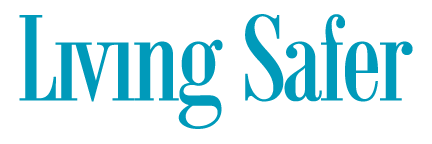
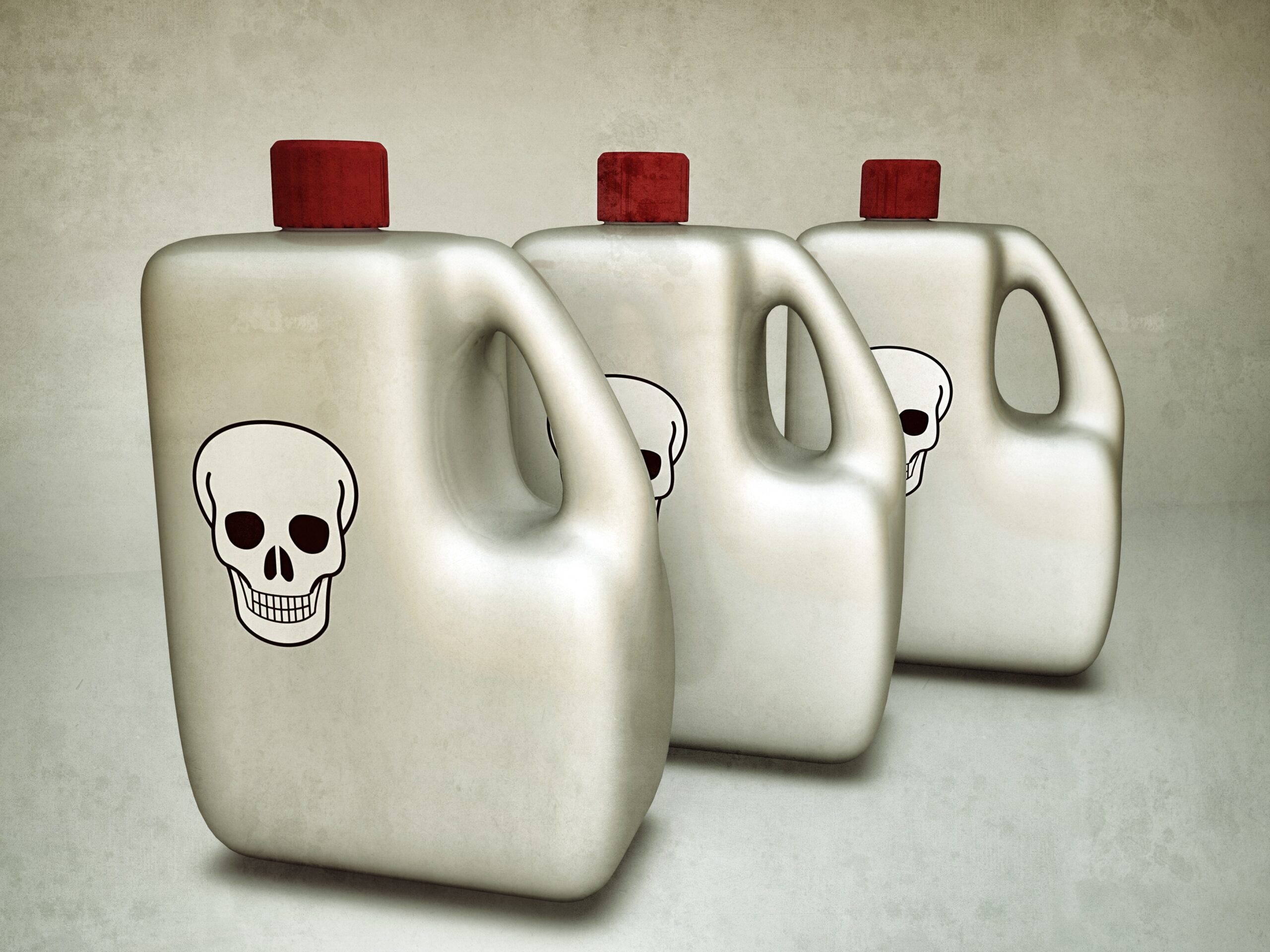
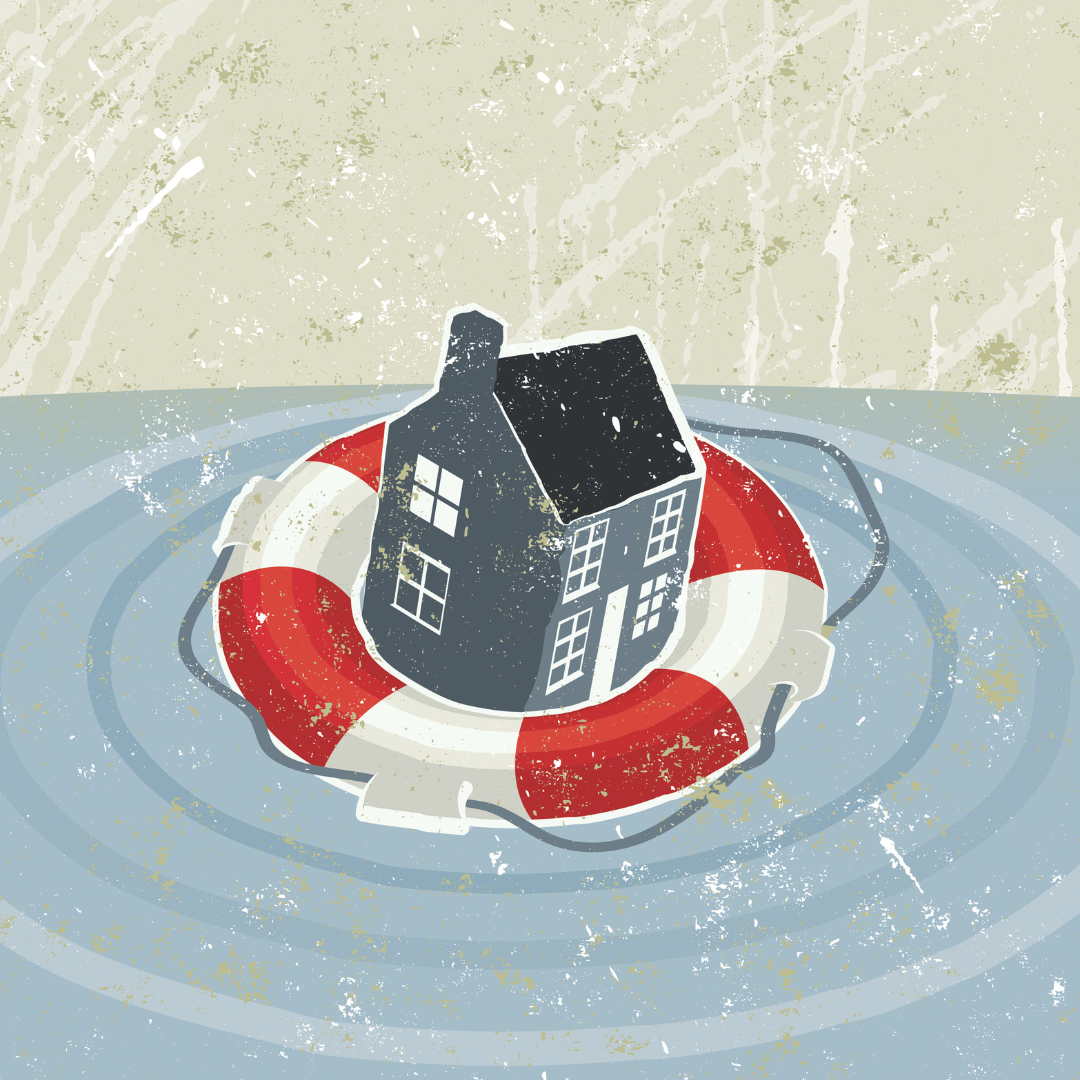
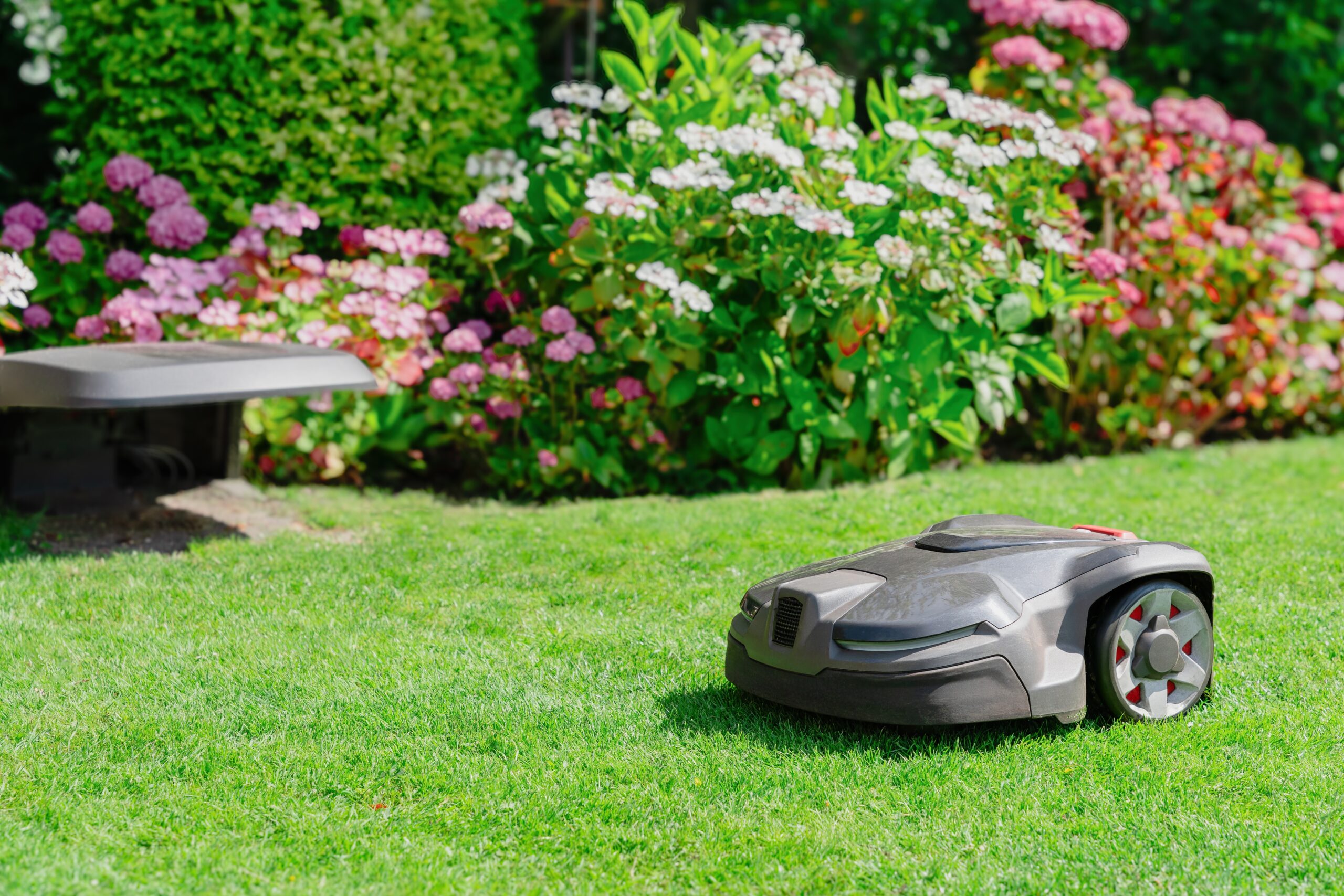
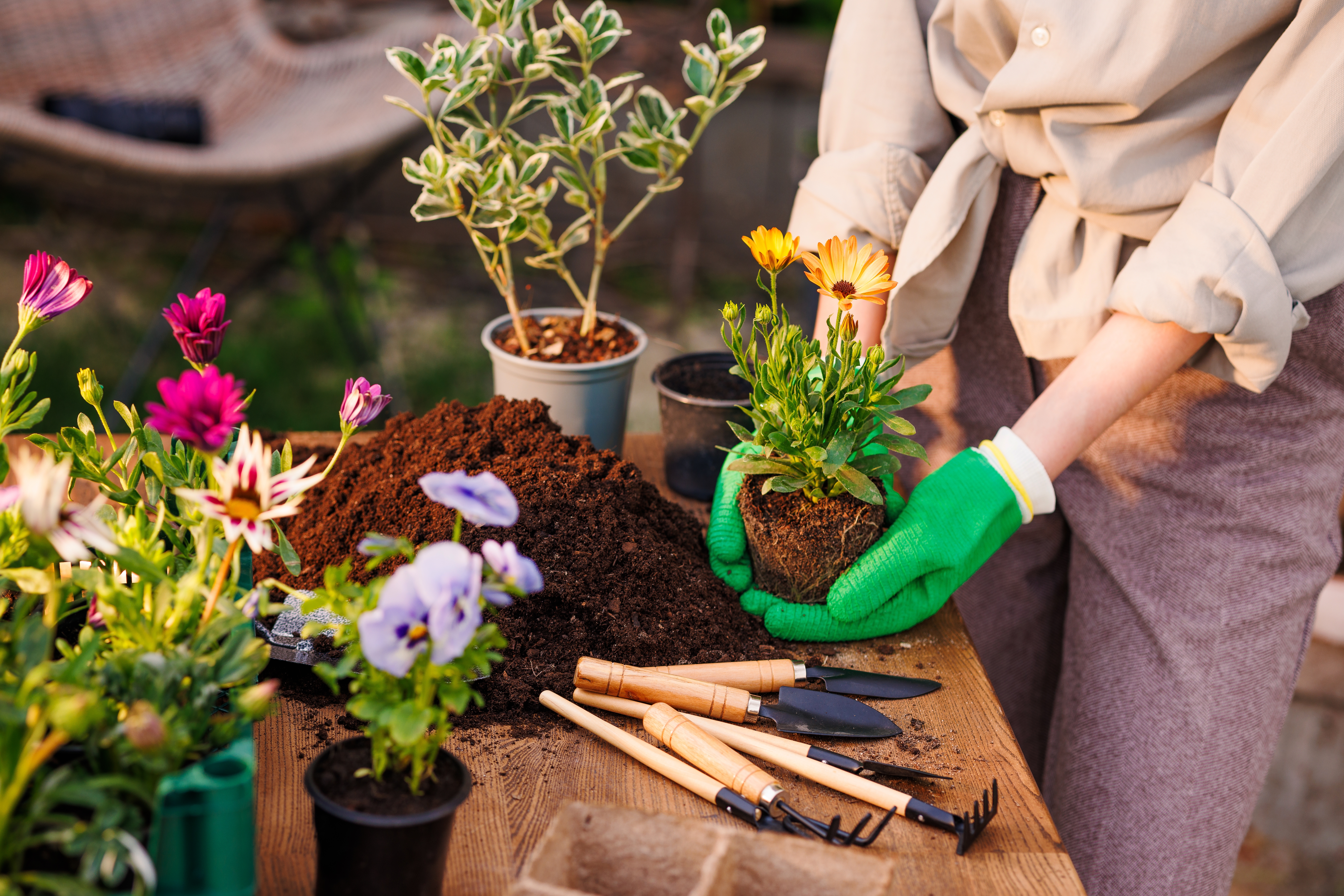
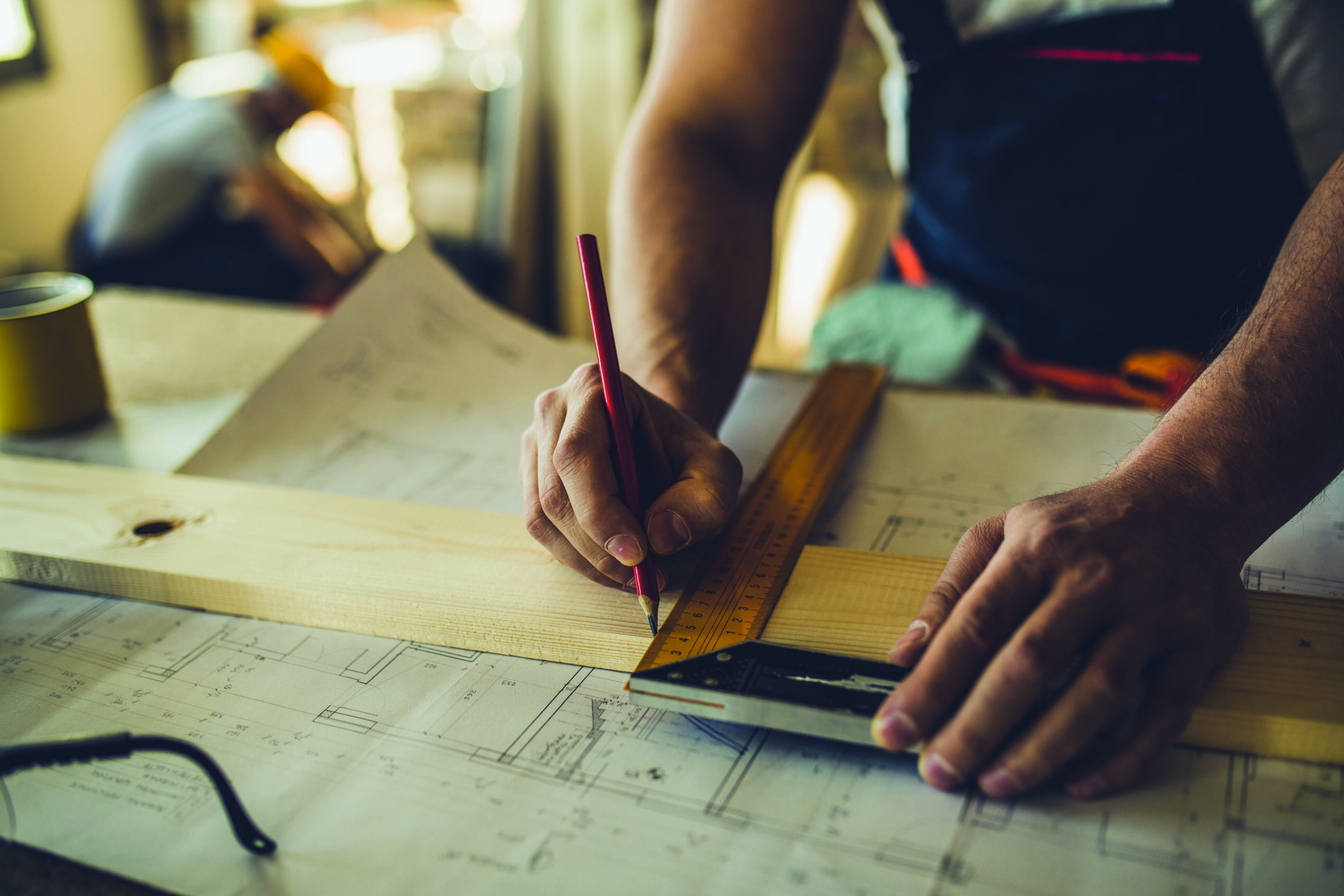

Leave A Comment